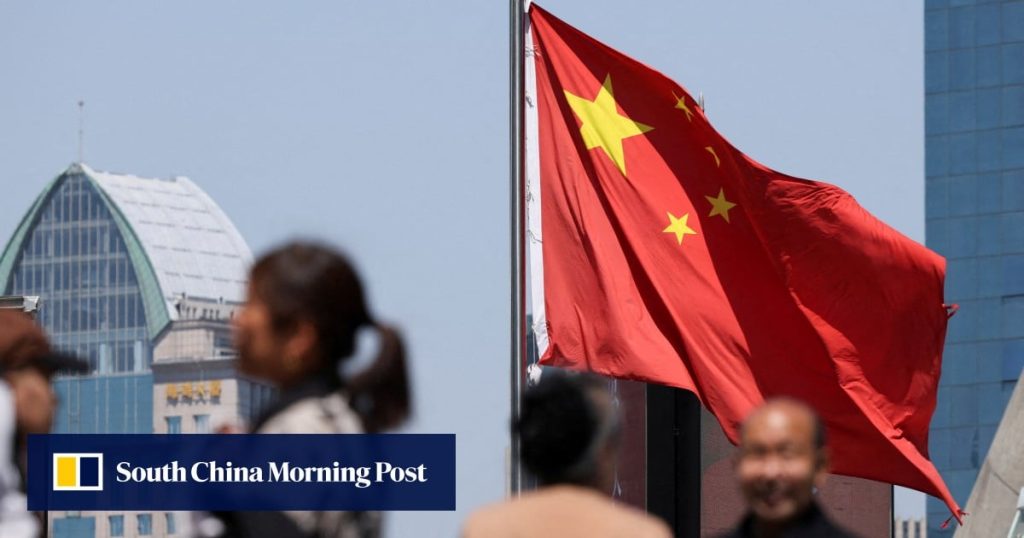Historical data showed that stocks in the region were outperformers in most of the bear markets that occurred in the past, said Jennifer Qiu, a global market strategist at the US money manager, on Monday. A bear market occurs when stock prices fall by 20 per cent or more from a previous high.
She added that Asia-Pacific stocks could continue outperforming amid tariff-induced tumult thanks to attractive valuations and because nations in the region have more tools to address policy easing.
“There are reasons to believe that this time around, if the US sneezes, Asia could see a smaller drawdown given current valuations and economic factors,” Qiu said. “Near-term market volatility and an economic slowdown in Asia are inevitable if tariff risks remain. However, in the long run, tariffs could accelerate existing trends, such as increasing intraregional trade, supply chain diversification across Asia and a policy focus on strengthening domestic demand.”
The MSCI Asia-Pacific [excluding] Japan Index was up 4.5 per cent so far this year through Friday, outpacing a 3.8 per cent decline for the S&P 500. The gauge traded near a two-month high after it recovered from an 8.4 per cent plunge caused by US President Donald Trump’s “Liberation Day” tariffs, which were rolled out on April 2. Despite the outperformance, it was valued at 15.6 times earnings, compared with 23 for the S&P 500, according to Bloomberg data.
JPMorgan said the divergence highlighted the differences between the macroeconomic pictures in the US and the Asia-Pacific region. Persistent inflation in the US is hampering the US Federal Reserve’s ability to reduce interest rates, as the Trump administration seeks to cut fiscal spending and get a grip on government debt. In the Asia-Pacific region, governments have more room to cut borrowing costs and boost fiscal stimulus packages to counter US tariffs because inflation is milder and deficits are more controllable.


